This article is based on Ben Munroe’s talk at the Product Marketing Summit in Singapore. As a PMA member, you can enjoy the complete recording here. For more exclusive content, head over to your membership dashboard.
I recently asked ChatGPT to write a joke that would make product marketers laugh. Here’s its attempt:
Because they wanted to take their pitch to the next level. 😂
Not the most hilarious or PMM-specific joke, but it did include a laughing emoji, as if that would help the joke land.
So, I tweaked my prompt a bit, this time asking it to include some product-marketing-specific references. The next joke was even more painful:
Because they know the best way to sell a joke is through a well-crafted narrative, a compelling hook, and a call to action… to laugh! 😂 📈
Awful. There aren’t enough random emojis in the world to make it land.
I hit regenerate and got this:
Because they heard the key to success is thinking outside the box! 📦 😄
ChatGPT had lost the plot.
Comedy was clearly beyond the capabilities of ChatGPT 3.5, so I upgraded to ChatGPT 4 and gave it the same prompt. The result?
Because good luck hiding when they're always looking for more visibility!
Well, it was worth a shot.
Next, I tried Bard and a bunch of other large language models (LLMs) and the jokes they told were, unbelievably, even worse. One of them even gave me quite a lewd response – I’ll leave that one to your imagination.
It’s clear that AI is not likely to become your funniest colleague any time soon, but could it become your most valuable colleague? That’s what we’re going to explore today. Then (spoiler alert!) we’ll delve into the various ways AI can revolutionize product marketing, including:
- Gathering customer insights,
- Delivering personalized and impactful marketing campaigns, and
- Streamlining product marketing processes.
Let’s get into it.
The rise of generative AI in marketing
Like many people, I spend a lot of time thinking about AI.
Truth be told, I spend a fair bit of time worrying about it too.
AI is something of a double-edged sword. I work in cybersecurity at Cloudflare, and AI allows us to detect, block, and mitigate threats faster. It also allows attackers to write malware faster and more efficiently.
As a marketer, the idea of letting machines loose on all the valuable work we do, while exciting, gives me pause for thought.
AI is also kind of controversial – much like our friend Elon Musk. At a recent summit in the UK, he claimed that AI would create a future where “no job is needed” as “AI will be able to do everything.” To be fair, he later clarified that this means there'll be no need for jobs as we know them today, but “you can do a job if you want a job.”
Still, the question of whether AI will replace human jobs is an interesting one. To answer it, I did what any good product marketer does and turned to data.
In a survey of small and medium-sized businesses in the US from mid-2023, 70% of respondents believed they'd save $5,000 or less per year by using AI-powered marketing tools. Let’s be real: most companies are not going to lay off their staff for a $5,000 saving.
In short, based on this data and my personal experience, I'm not worried about AI taking our jobs.
Just to be sure, I asked ChatGPT to give me some reassurance that AI won't replace us. It replied, “I’m offline.” Even with a paid subscription, the bots aren’t always on our side!
Eventually, ChatGPT did provide an 800-word essay explaining why we needn't worry. The concluding paragraph nicely captured the essay’s essence: “Embrace AI as a supportive partner in your journey, and together, you can achieve remarkable success in the ever-evolving world of product marketing.”
It seems that’s exactly what we’re starting to do as an industry. In fact, I even used AI to generate the slide below. I’m not in love with it, but it does the job and it has a nice clean layout.
The findings in the 2023 State of Product Marketing Report reflect this trend, with over half of the survey respondents stating that they use AI in their product marketing strategies. Given that ChatGPT is now only a year old, I suspect that when the 2024 survey results are published, that proportion will have grown substantially.
The survey also found that the rise of AI is putting more pressure on teams – likely because their stakeholders are expecting faster content production, greater insights, or more integrated tools.
Two years ago, when marketers around the world were asked what they were using AI for, they mostly cited use cases related to demand gen and data-processing. Flash forward to Statista’s 2023 survey, and suddenly, we see a wave of marketing professionals using generative AI for content creation.
When marketers were asked which tools they were using, the most popular answer, unsurprisingly, was ChatGPT. Other answers included Copy.ai, Jasper, Peppertype.ai, Lensa, DAll-E, and Midjourney.
So what outcomes are CMOs expecting thanks to all this AI? Well, many responded that AI would increase their ability to innovate. Interestingly, they seemed less sure that it would reduce the time spent on value-added tasks. As AI adoption increases, it will be interesting to track its evolving uses and outcomes.
Through my research and experience, I’ve come across several AI writing tools, each with unique selling points:
- Writer can learn and replicate your distinct tone of voice and writing style
- Jasper was an early well-known option, popular a couple years back
- Grammarly, as I’m sure you’re aware, checks grammar and style
As larger platforms like Microsoft and Google continue acquiring AI capabilities, we’ll likely gravitate to what’s most convenient and accessible. Crucially, none of these tools require much specialized training.
Using AI for customer insights and personalization
Now, let’s dive a little deeper into the transformative impact of AI on product marketing strategies, starting with customer insights and personalization.
There are a few interesting ways AI can provide customer insights. Tools like Optimove give you a unified view of campaign performance, showing which messages resonate for different segments across channels. While this only offers surface-level attribution data, it’s invaluable for quickly grasping what intro copy and headlines best capture your audience’s attention.
I’m also getting great feedback from chatbots on our Cloudflare product pages. We use Drift, which shows exactly what visitors searched for and what content they want next.
As a reformed product marketing leader now responsible for regional revenue generation, I immediately feed these insights back to our product marketing teams. If a campaign misses the mark, I say: “Hey, back to the drawing board with these keywords and headlines.”
Drift has been a game-changer for us over the past year. By revealing what site visitors search for and what they want next, it enables us to create ultra-targeted content. This goes into our Learning Center where we publish “What is?” articles on topics like zero trust, access security, and email security, ultimately driving organic traffic and acquisition.
AI can also help us tailor messaging, language, and tone for different segments and regions. To give you an example, we sell a bot management solution that blocks scrapers and hackers. My message to a law firm about this product would highlight its ability to protect sensitive data, while for a travel agency, I'd focus on preventing inventory scraping. AI-powered tools help me do that at scale.
Why you should be careful about using AI for customer insights
I do, however, have some concerns about the increasing use of AI.
At Cloudflare, we use TechValidate to gather direct customer feedback about products and it’s brilliant. It lets you incentivize users to share insights on usage, likes, issues, etc. The graphs and charts it generates are invaluable for pitch decks, analyst relations, quotes – anything product marketing produces.
Recently though, I noticed some odd responses. One review said, “Cloudflare Zero Trust has transformed the way our hypothetical organization operates.” Further down it said, “Overall, Cloudflare Zero Trust has made our fictive IT and security teams more efficient.”
When I first saw this, I thought someone was having a laugh. Then it clicked – they were getting an AI tool to generate fictional reviews. It turns out there’s a whole bunch of people who take advantage of surveys to make a little extra income. As long as they fill them out, they earn small rewards like coffee cards. So now some enterprising hustlers are using AI to submit bogus responses more efficiently.
My point is that while TechValidate remains an excellent survey tool, we need to vet the results we get carefully. It’s a valuable reminder that AI adoption has its downsides. The key limitation of AI is its trustworthiness. Can we rely on its output, whether that’s in the content we generate or the content we consume?
Streamlining product marketing processes with AI
When we use AI at work, the main benefits most of us hope for are time savings on repetitive tasks and faster execution of core responsibilities.
These are the five main responsibilities that I used to ask my product marketing team to own end-to-end:
- Developing business plans and revenue forecasts for new products
- Crafting launch strategies
- Creating compelling content and sales enablement
- “Evangication” – evangelizing to customers and educating channel partners
- Interacting with customers through demos and trade shows
If you train an LLM properly, you can halve the total time you spend on these tasks.
No, you're not going to get rid of the stakeholder management you need to develop a business plan.
No, you’re not going to prevent last-minute changes to your product roadmap, but thanks to AI-powered tools, you’ll certainly be able to capture the feedback and market shifts that make those changes necessary. More importantly, you’ll be able to save time on repetitive tasks so you can focus on these more valuable strategic exercises.
Using AI to save time on core product marketing deliverables
But how exactly can AI save you time on your day-to-day product marketing tasks?
Here’s an industry-standard list of the deliverables product marketers typically own. They all contribute to the tasks I outlined above.
- Positioning statements, messaging documents, and buyer personas
- Business and go-to-market plans
- Customer use cases
- Customer segmentation
- Tracking revenue targets
- Seller organization and comp plans
- Content for evangelizing and enablement
- Competitive differentiators
- Analysts/Influencers: MQs, waves, reports,
- Knowing the roadmap and having a launch plan
Let’s start with the first set of deliverables: positioning statements, messaging documents, and buyer personas. With the right input and prompts, you could use an AI-powered tool to create a first draft of each of those deliverables really quickly. It wouldn’t be great, and you would need to do a fair bit of editing to bring it up to scratch, but having a draft to start from would ultimately speed up the process.
Once you’ve created those documents (ideally in table format), the information in them can be pulled by an LLM and reused elsewhere. It’s great source material for machines to learn from.
Now think about the content for evangelizing and enablement – data sheets, solution overviews, sales training decks, webpages, whitepapers, and the like. These can all be generated from the positioning statement you’ve already created. Only now, instead of wasting time cutting, pasting, trimming, expanding, and creating different versions for different audiences, you can get an LLM like ChatGPT to do it for you.
Creating and refining prompts, and exporting the content generated is still a manual process. However, the day will soon come when, once you’ve got your core messaging down, you’ll be able to generate PDFs, slides, and web copy – all tailored to different segments and languages – at the push of a button and send them straight to the relevant platforms.
Later on, when you update a couple of lines in your positioning statement because you launched a new feature there’s been a competitive development, you'll be able to update all your related assets in one click.
However, for this to happen, we first need to see a wave of integrations across our tech stacks – which brings us neatly to the penultimate part of this article…
10 things I need for AI to streamline product marketing
- It’s got to make better content
- It’s got to be easier to use
- I want it integrated into the tools I use…
- And I want the tools I use to be integrated with each other
- I need options to limit the LLM data set to local or proprietary data
- I want to know I own the output
- I want it to be reliable, with SLAs (service-level agreements) that inspire confidence
- I want it to give me feedback based on our competitive context
- I want it to update documentation at scale
- I want it to be able to tell better jokes than me
Here’s my product marketing joke. It took me 30 seconds to come up with:
How many PMMs does it take to hang a picture?
Just one to hang it up, but they’ll need a whole customer focus group to validate the positioning.
Calls to action
Finally, I’d like to leave you with three pieces of advice:
- Try: Try everything you can in AI. It's super helpful, and everything is free right now.
- Verify: Do not put anything into an LLM and do not publish anything out of an LLM until you're 100% sure it’s right.
- Apply: Keep learning from your peers and improving how you use AI. Together, we can maximize the benefits of AI while minimizing the pitfalls.





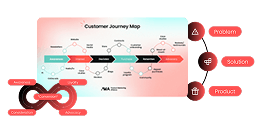
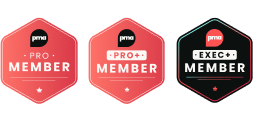



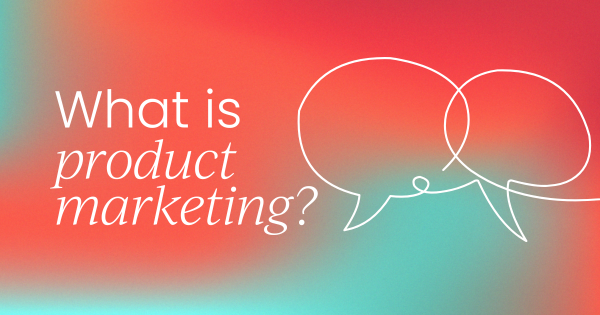
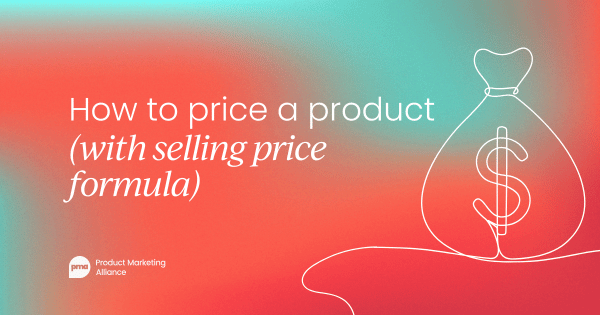
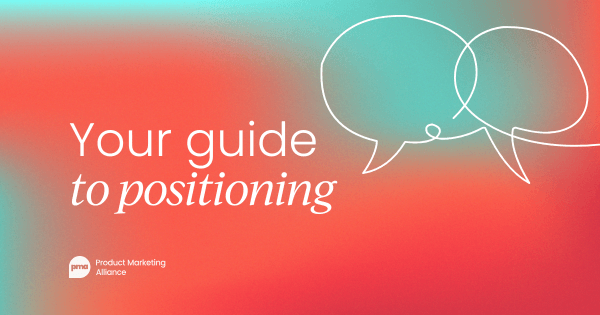
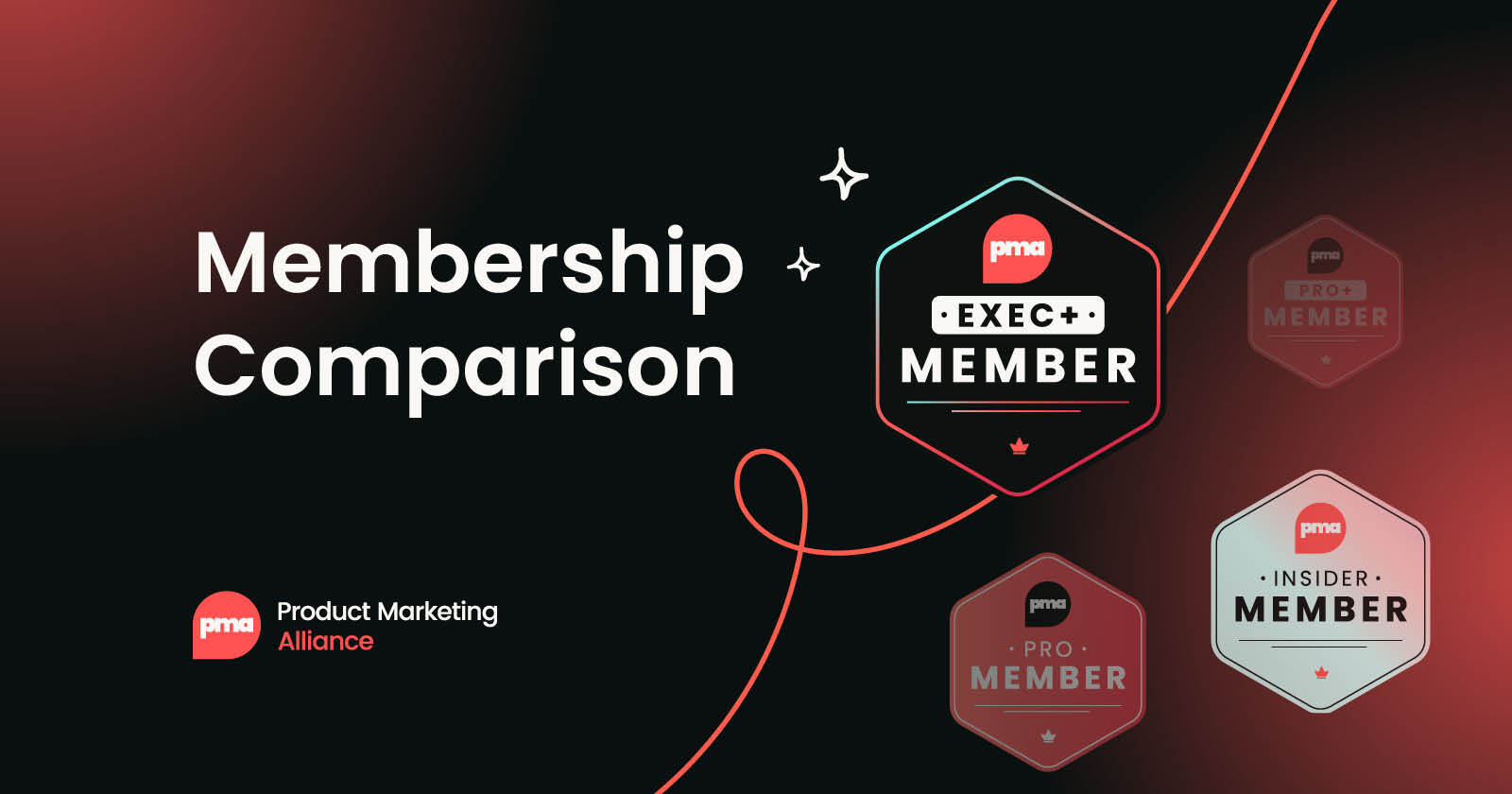
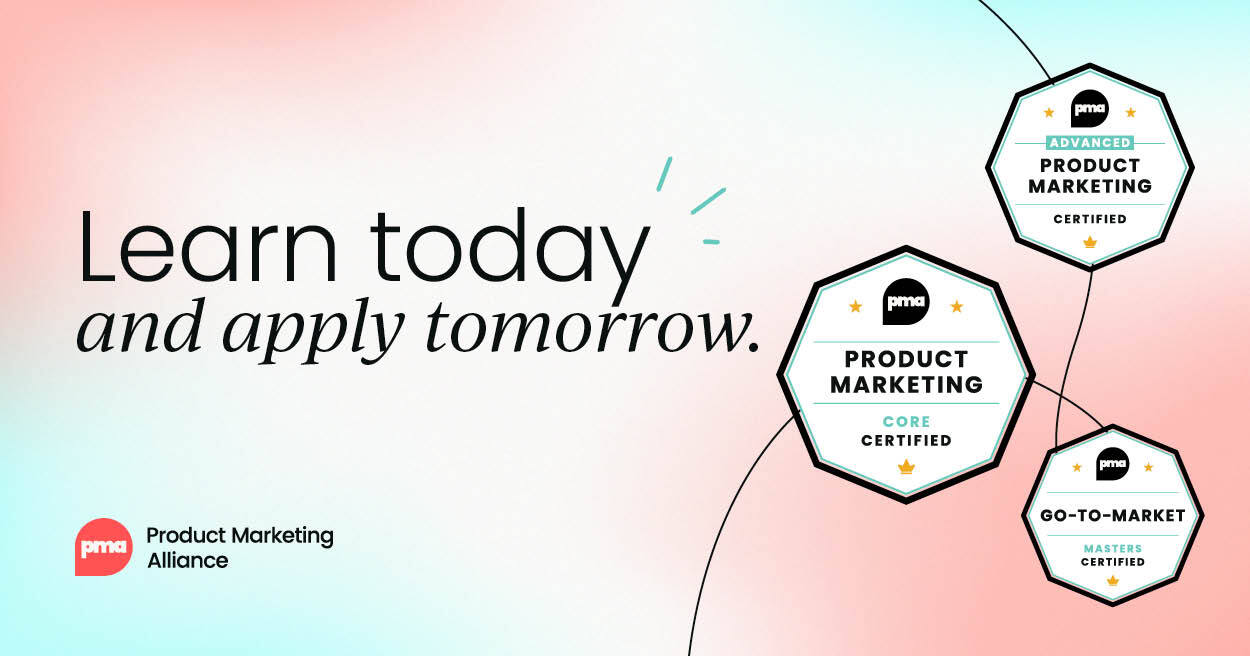
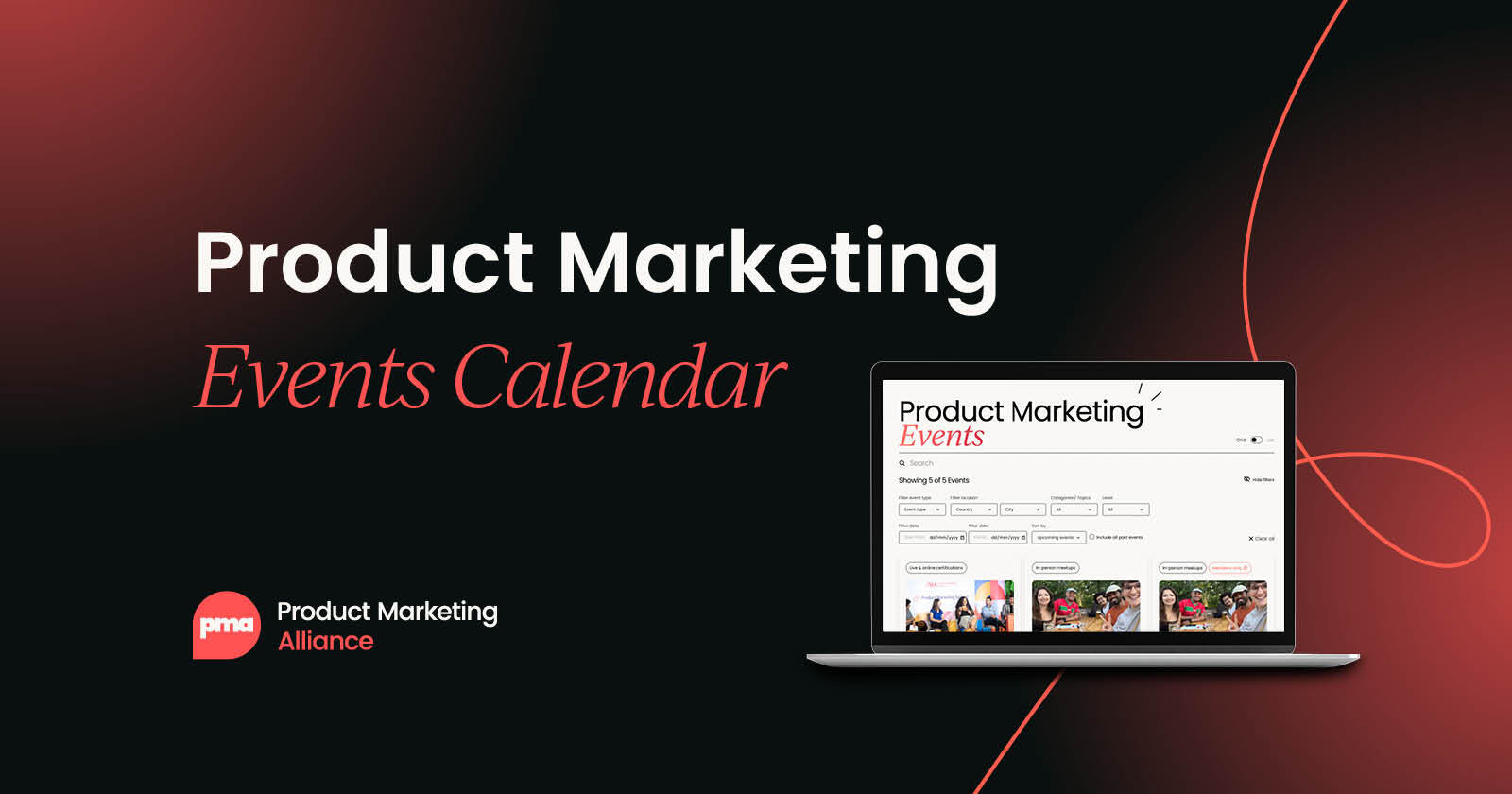
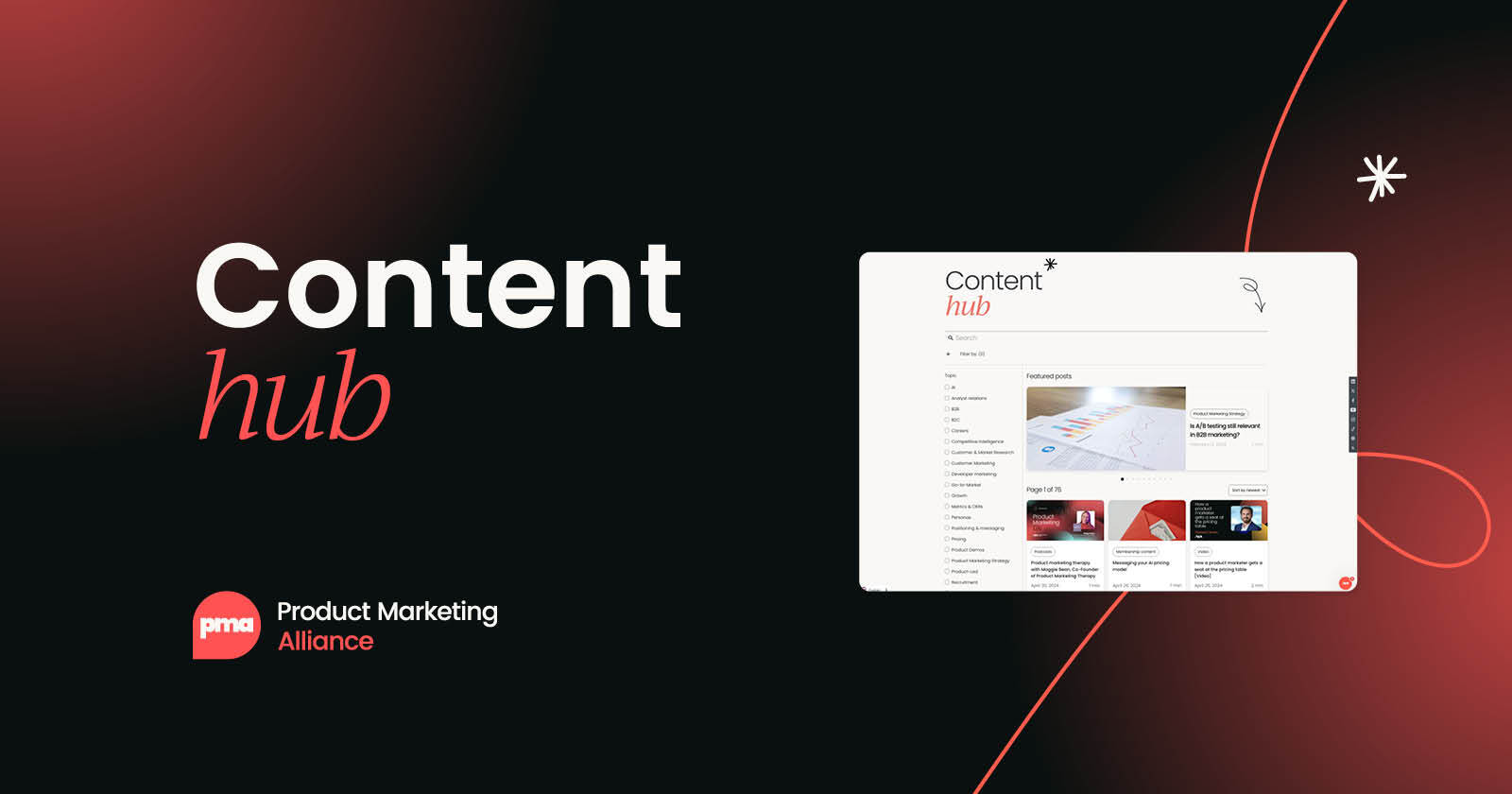

 Follow us on LinkedIn
Follow us on LinkedIn



.svg?v=8154f0fdee)